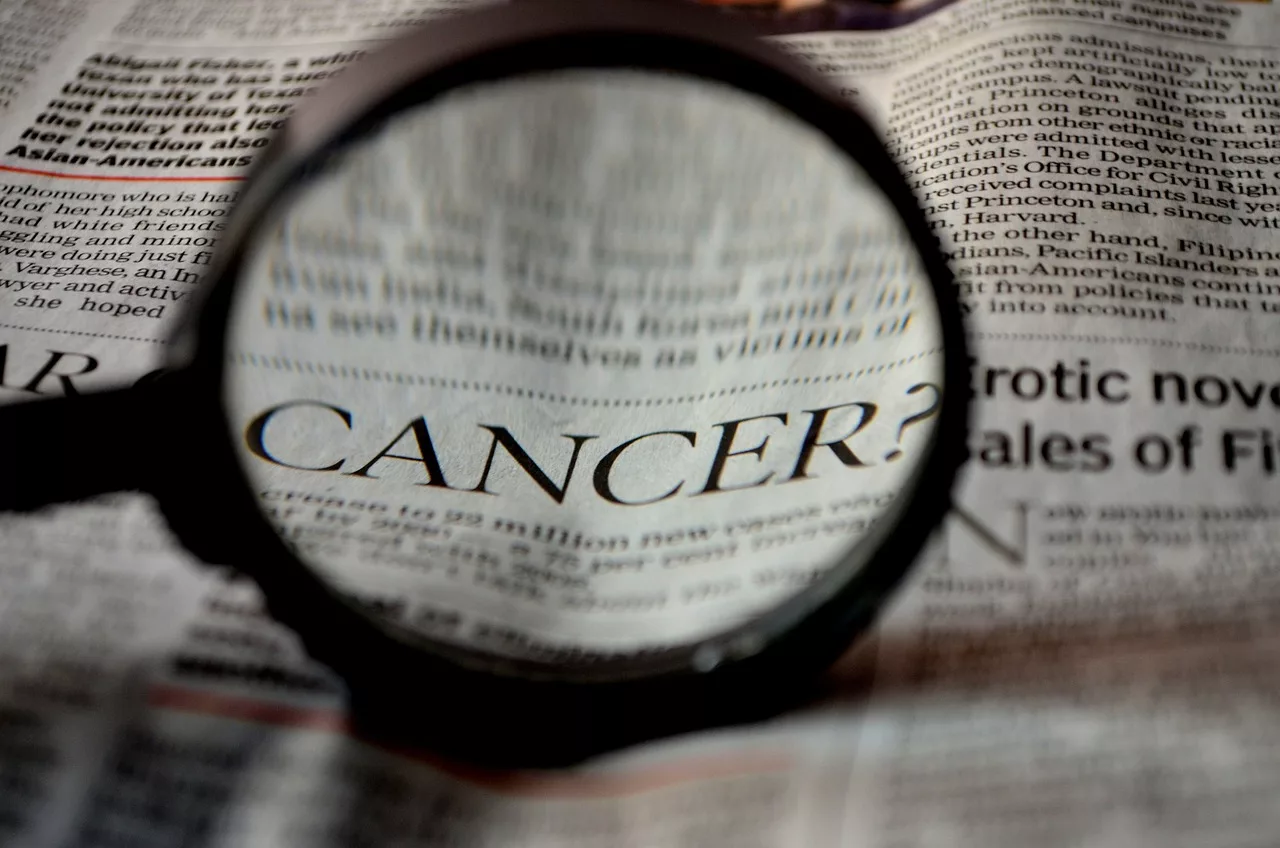Could the new developments in drug discovery finally end the fight against cancer? Image credit: Pixabay.
In 2005, research scientist Linda Malkas met Anna Olivia Healey, a 9-year-old girl in the final stages of neuroblastoma. Neuroblastoma is a rare cancer, which affects the nerve tissues of babies and young children. Although too late to save her, Anna’s father invested $25,000 into Malkas’s research into alternative cancer therapies in the hopes that her work could help others like Anna.
Twenty years of tireless research has culminated in the development of AOH1996, a “miracle pill” that appears to ‘annihilate all solid tumours’ in preclinical data, released earlier this month. AOH1996 has been tested on more than 70 cell lines, including cells from breast, prostate, brain, ovarian, cervical, skin and lung cancers.
AOH1996 appears to stop growth in cancer cells but not healthy cells, which is an advantage of this treatment over traditional chemotherapies that do not discriminate between heathy and cancer cells. Traditional chemotherapies result in widespread damage to healthy tissue, causing the side effects typically associated with chemotherapy, such as nausea and hair loss.
Twenty years of tireless research has culminated in the development of AOH1996, a “miracle pill” that appears to annihilate all solid tumours.
AOH1996 also increases the sensitivity of cancer cells to other chemotherapies, such as cisplatin and topotecan. This result is very encouraging as it points to the benefits of using AOH1996 in conjunction with current chemotherapy drugs. Combination therapy decreases the likelihood of resistant cancer cells developing and decreases the toxicity to healthy cells as a lower dose of each drug can be used to achieve the same effect.
AOH1996 works by inhibits a protein called proliferating cell nuclear antigen (PCNA). In both cancerous and healthy cells, PCNA is critical for the synthesis and repair of genetic material (DNA). It acts as a hub for regulating DNA replication and repair by anchoring essential proteins involved in the pathways that facilitate these processes.
In 2006, Malkas’s group identified a distinct version of PCNA that is only present in cancer cells. This version, or isoform, of PCNA can act as a marker of cancer and opens the door for targeted drug design against cancerous PCNA which leaves PCNA in healthy cells untouched.
Transcribing DNA into mRNA provides opportunities for errors to arise, as does replicating it. These processes are upregulated in cancer cells, causing high levels of instability in their DNA. Evidence suggests that AOH1996 exploits this already high genomic instability in cancer cells.
Targeting genome stability is a relatively new avenue of cancer drug discovery and potentially provides a solution for the increasing resistance to current chemotherapy drugs.
It exerts its effect by inducing high levels of transcription-replication conflicts, causing catastrophic DNA damage in cancer cells, which ultimately results in cell death. As transcription and replication are occurring at the same time, inevitably, the transcription and replication machineries will encounter each other. This is referred to as a transcription-replication conflict and results in DNA damage and instability.
Targeting genome stability is a relatively new avenue of cancer drug discovery and potentially provides a solution for the increasing resistance to current chemotherapy drugs. Traditionally, chemotherapies target “oncogenic genes”, genes that are mutated in tumour cells and have the potential to cause cancer. Their high mutation rate also allows them to develop resistance mechanisms to evade drugs, which are responsible for 90% of deaths in cancer patients.
A common method of resistance is the alteration of the drug target within the cancer cell. This is seen in doxorubicin resistance, for example, a drug used to treat solid tumours like breast cancer. By targeting a molecule like PCNA, which is highly conserved and vital for the survival of cancer cells, scientists can develop drugs that are less prone to resistance.
Scientists are no longer solely focused on devising “breast cancer drugs”; they are developing drugs that target genetic mutations underpinning a plethora of different cancers.
AOH1996 has recently passed initial toxicity tests with flying colours, showing no signs of toxicity even at 6 times the effective dose. These results have spurred a Phase I clinical trial in humans, due to be completed in 2024. Phase I trials indicate the maximum tolerated dose of drugs and indicate the efficacy of the medicine for treating tumours. A positive result in this trial would represent a groundbreaking step in developing highly specific chemotherapies that target a wide range of cancers.
This case demonstrates a shift away from treating cancer as a singular disease. Scientists are no longer solely focused on devising “breast cancer drugs”; they are developing drugs that target genetic mutations underpinning a plethora of different cancers. The future of cancer treatment lies in understanding the molecular mechanisms and genetic mutations underpinning individual cases and tailoring drugs treatments that target them.
AOH1996 is a testament to how the story of one patient can transform the lives of so many. 20 years on from Anna’s battle with cancer, the end may finally be in sight for treating this relentless disease.





